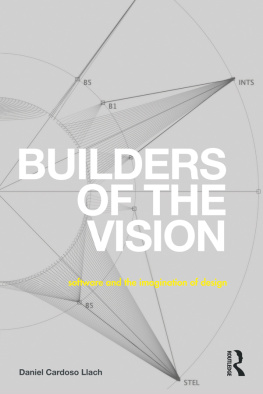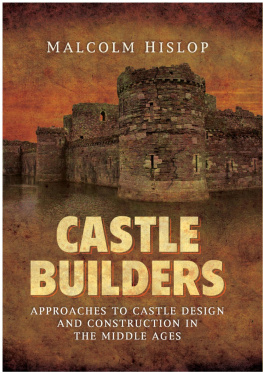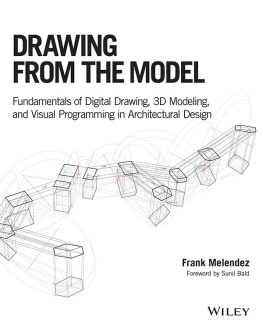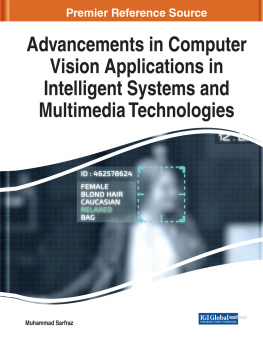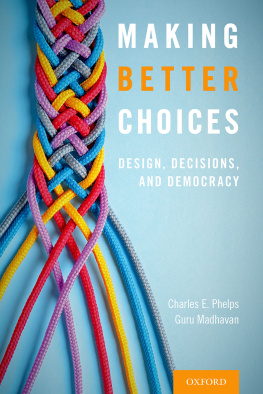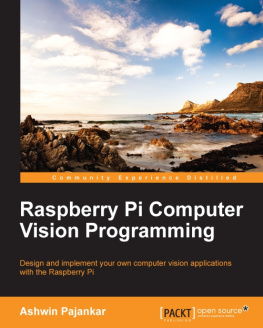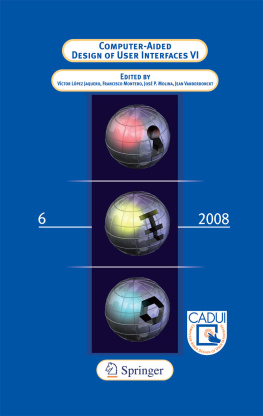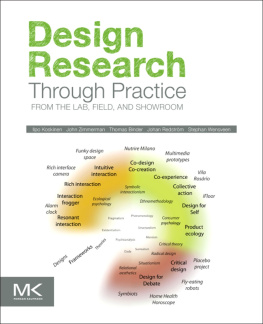First published 2015
by Routledge
711 Third Avenue, New York, NY 10017
and by Routledge
2 Park Square, Milton Park, Abingdon, Oxon OX14 4RN
Routledge is an imprint of the Taylor & Francis Group, an informa business
2015 Daniel Cardoso Llach
The right of Daniel Cardoso Llach to be identified as author of this work has been asserted by him in accordance with sections 77 and 78 of the Copyright, Designs and Patents Act 1988.
All rights reserved. No part of this book may be reprinted or reproduced or utilized in any form or by any electronic, mechanical, or other means, now known or hereafter invented, including photocopying and recording, or in any information storage or retrieval system, without permission in writing from the publishers.
Trademark notice: Product or corporate names may be trademarks or registered trademarks, and are used only for identification and explanation without intent to infringe.
Library of Congress Cataloguing-in-Publication Data
Cardoso Llach, Daniel.
Builders of the vision : software and the imagination of design /
Daniel Cardoso Llach.
pages cm
Includes bibliographical references and index.
1. Computer-aided design. 2. Computer softwareSocial aspects.
3. Creative abilityData processing. I. Title.
T385.C366 2015
620.00420285dc23 2014046905
ISBN: 9780415744973 (hbk)
ISBN: 9780415744997 (pbk)
ISBN: 9781315798240 (ebk)
Acquisition Editor: Wendy Fuller
Editorial Assistant: Grace Harrison
Production Editor: Alanna Donaldson
Typeset in Univers LT Std
by Keystroke, Station Road, Codsall, Wolverhampton

In this fascinating interdisciplinary study, Cardoso Llach combines the past of MIT visionary Steve Coons and his CAD innovations with the present of global starchitecture. The result is an important contribution to our understanding not just of software tools but of the future of design itself.
Matthew Wisnioski, Science and Technology in Society, Virginia Tech, USA
Combining extraordinary fluency in design, computation and STS, Builders of the Vision is an outstanding contribution to our understanding of the confluence of cultural imaginaries and material practices in modern technological projects. Cardoso Llach deploys a rich conceptual and methodological repertoire to explicate how dreams of bodily transcendence and political realities of embodied labours combine in the architectures of the most visible artefacts and invisible infrastructures of the contemporary world.
Lucy Suchman, Centre for Science Studies, Lancaster University, UK
| AED | Automated Engineering Design |
| APT | Automated Programming Tool |
| ARPA | Advanced Research Projects Agency |
| BDS | Building Description System |
| BIM | Building Information Modeling |
| BOP | Building Optimization Program |
| CAD | Computer-Aided Design |
| CAM | Computer-Aided Manufacturing |
| CATIA | Computer-Aided Three-Dimensional Interactive Application |
| DARPA | Defense Advanced Research Projects Agency |
| DWG | Drawing |
| DXF | Digital Exchange File |
| ESL | Electronic Systems Laboratory |
| GP | Gehry Partners |
| GT | Gehry Technologies |
| IGES | Initial Graphics Exchange Specification |
| MIT | Massachusetts Institute of Technology |
| NURBS | non-rational uniform Bzier surfaces |
| OLPC | One Laptop Per Child |
| OOP | object-oriented programming |
| RMA | Robert McNeel and Associates |
| SAGE | Semi-Automated Ground Environment |
| SOM | Skidmore, Owings & Merrill |
| STS | science, technology, and society |
| UAE | United Arab Emirates |
| UAV | unmanned aerial vehicle |
Contents
In writing this book I have been privileged to count on the support of a dense network of people and institutions. I am indebted to all the architects, technologists, engineers, consultants, teachers, and colleagues who engaged me in conversations about computation and design from technical, historical, and personal perspectives. This book threads through the living voices of many individuals who generously shared their time and thoughts with me, enlivening historical records and challenging my interpretations. I am deeply grateful to Nicholas Negroponte, Timothy E. Johnson, Guy Weinzapfel, Richard Riesenfeld, Paul Pangaro, Rachel Strickland, Andrew Witt, Dennis Shelden, Charles E. Eastman, Bob McNeel, David Rutten, and Dale Lear, as well as many other participants of the cultures of computational design whose insights became substantial to these chapters. Lowell Walmsley, Jane Nisselson, Steven Gregory, and Andy Lippmanperhaps inadvertentlypointed me in the right direction at key moments. I would also like to thank the wonderful members of the Gehry Technologies (GT) office in the Middle East for taking me as a colleaguean everyday honor and challenge that made my research as a participant observer both possible and worthwhile. The community at the MIT Institute Archives provided me with access to crucial materials, and with a peaceful atmosphere to work. I am especially indebted to Nora Murphy for crucial assistance in navigating the archives and obtaining image permissions. I am also indebted to Denise Wernikoff, Theresa Smith, and Rachael Robinson at the MIT Museum Collections for their assistance, and to Peter Bebergal for prompt attention to queries regarding the use of MIT materials.
This book is an adaptation and expansion of my doctoral dissertation. I am deeply grateful to the members of my dissertation committee at MIT for their key guidance in laying its foundations. Terry W. Knight, my committee chair, offered me unwavering support and friendship during all stages of my graduate life at MIT. Her attentive reading and criticism taught me about intellectual generosity and academic rigor. I am also grateful to her for inviting me to collaborate as a teaching assistant in the Inquiry into Design and Computation seminar. This book expands on themes and questions nurtured there. Lucy Suchman encouraged me to take on the difficult questions about humans and machines concerning design, and motivated me to explore new forms of academic inquiry. I owe much of my thinking about humanmachine interaction to her. Rosalind Williams showed me new ways to think about technologys ties with culture and the imagination. I thank her for making me wary of the cloudbanks of theorizing, and for clarifying conversations through the projects evolution. Takehiko Nagakuras acute criticism, especially at the early stages, forced me to look at my work from different perspectives.
Other teachers were key to the development of the arguments in this book, and to my own intellectual growth. George Stiny showed me ways to think about design (and everything else) as an irreducibly open-ended practice; Leo Marx confronted me with forms of intellectual rigor that were new to me, and that have become a source of inspiration ever since. His and Rosalinds seminar Technology and the Literary Imagination suggested a line of inquiry that echoes through these pages. Dennis Shelden taught me computational geometry. His interest in discussing the questions this book exploresand his willingness to help me find ways to pursue themwas crucial to my project. This book would have taken a very different shape without his curiosity. The late Bill Mitchells intelligence, open-mindedness, and personal warmth will always be a reference for me. I feel lucky to have been his student and collaborator during a good part of my life at MIT. I am also grateful to Edith Ackermann, Bill Porter, Heather Paxson, Nasser Rabat, Stefan Helmreich, Hannah Rose Shell, Arindam Dutta, Susan Silbey, Phillip D. Loring, Patrick H. Winston, John Ochsendorf, Federico Casalegno, Neil Gershenfeld, and Lawrence Sass for contributing in various ways to the early stages of this work.
Next page
